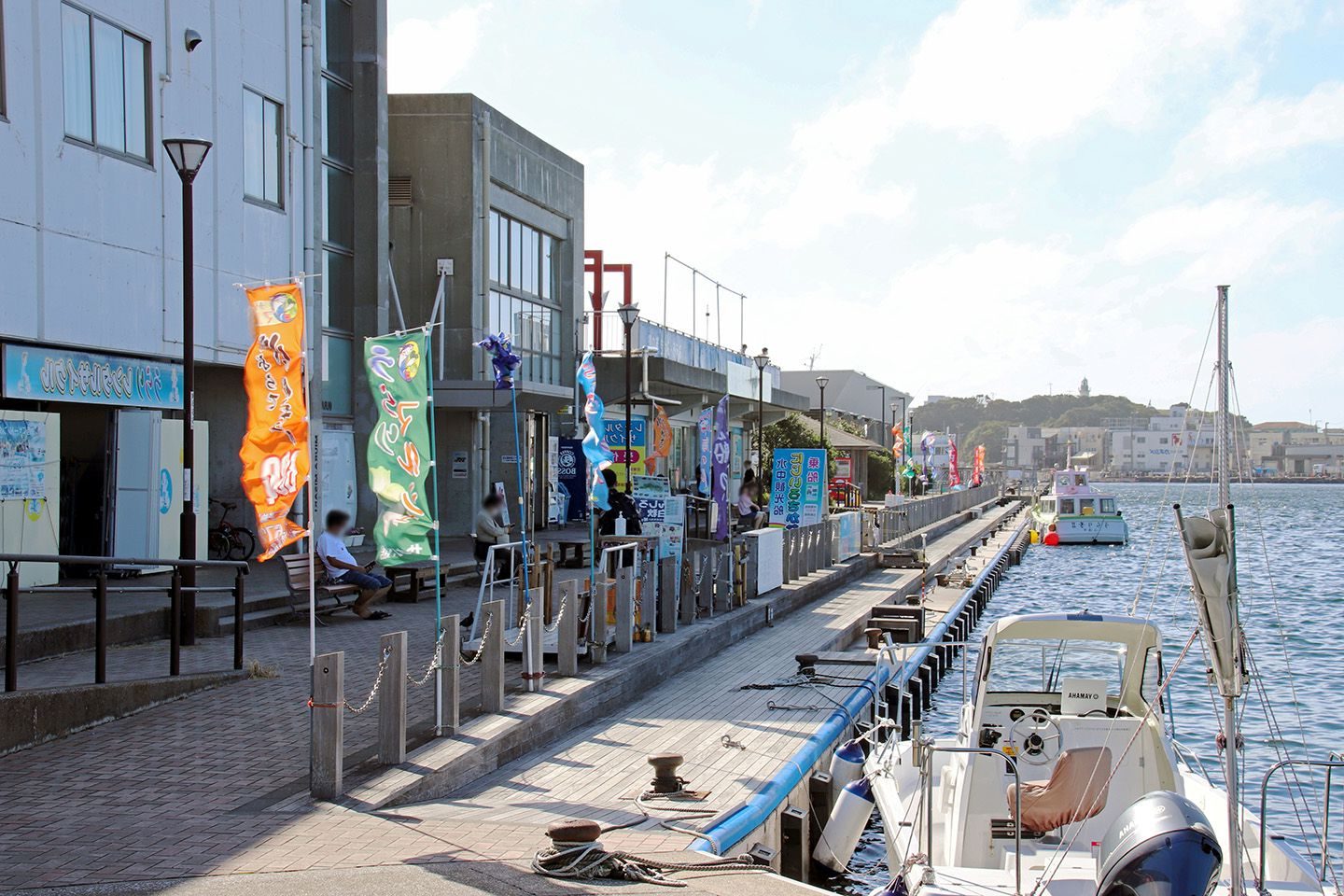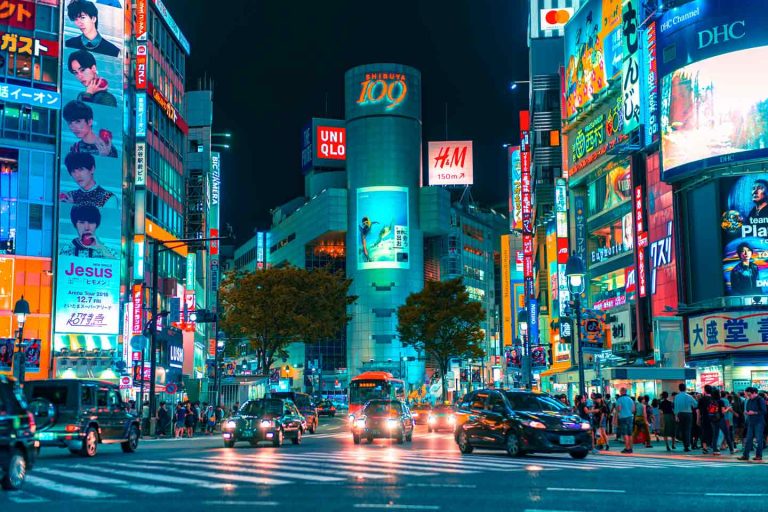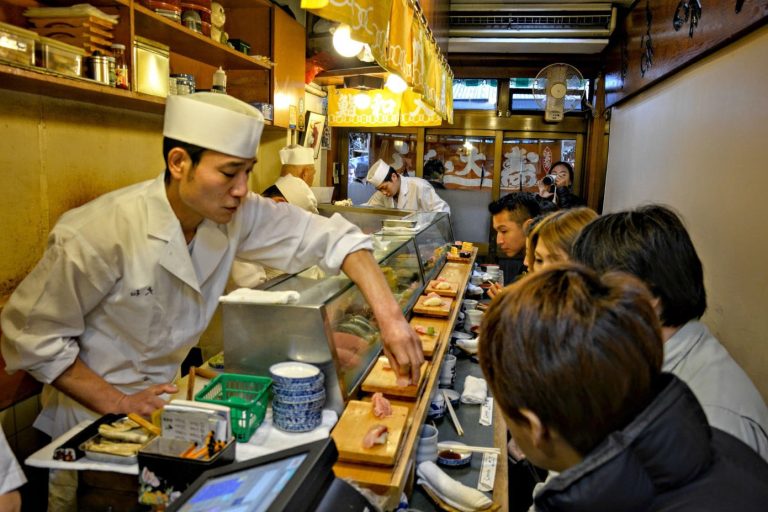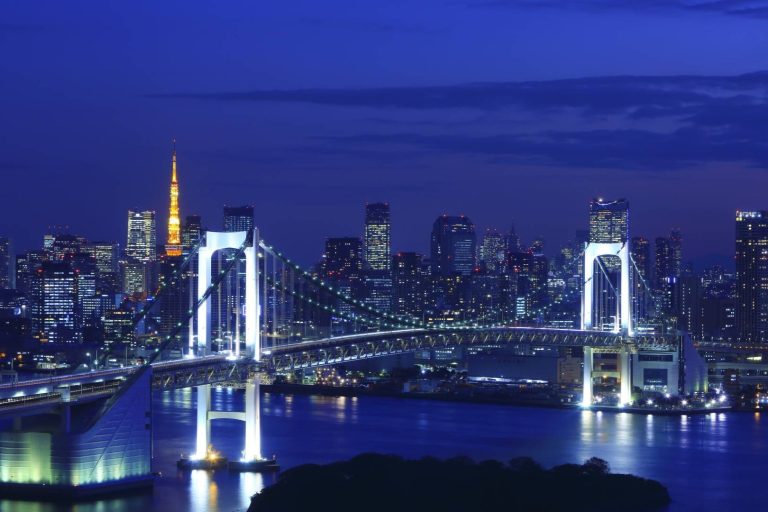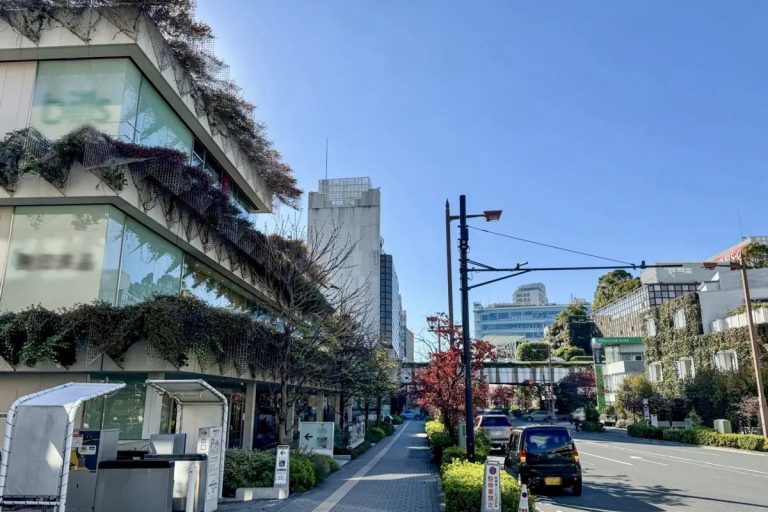Gateway to Japan’s Premier Tuna Destination
Just 90 minutes from Tokyo, the Miura Peninsula stands as one of Japan’s most celebrated fishing destinations. This coastal gem in Kanagawa Prefecture has earned its reputation through centuries of maritime tradition, with Misaki Port serving as the heart of Japan’s tuna industry. The peninsula’s unique geography, extending into Sagami Bay, creates ideal conditions for both deep-sea fishing and coastal adventures. Visitors find themselves immersed in a world where traditional fishing methods meet modern culinary excellence, making every meal a celebration of the sea’s bounty. The area’s accessibility from major urban centers has transformed it into a perfect weekend getaway, where city dwellers can experience authentic Japanese fishing culture without venturing far from home.
Exploring the Fishing Culture
The fishing heritage of Miura Peninsula runs deeper than its surrounding waters, creating a living museum of maritime traditions that continues to thrive today.
Misaki Port: The Tuna Town
Misaki Port has rightfully earned its nickname as Japan’s ‘tuna town,’ serving as the epicenter of the country’s tuna trade for generations. The port’s strategic location allows fishing vessels to access some of the Pacific’s richest tuna grounds, bringing back catches that rival those found in Tokyo’s famous markets. The completion of Japan’s first wholesale frozen tuna market in 2018 marked a new chapter in the port’s history, featuring state-of-the-art facilities capable of storing up to 900 frozen tuna. This modern infrastructure positions Misaki as a serious competitor to Tokyo’s Toyosu market, handling massive volumes of premium-grade fish daily.
Fishing at Jogashima
Jogashima Island offers a different perspective on the peninsula’s fishing culture, where recreational anglers and tourists can experience the thrill of catching their own dinner. The island’s rocky coastline provides excellent spots for shore fishing, particularly for sea bream, mackerel, and smaller coastal species. Local fishing guides offer half-day experiences that combine traditional techniques with modern equipment, ensuring both beginners and experienced anglers can enjoy success. The island’s lighthouse and scenic walking paths add an extra dimension to fishing trips, making it a popular destination for families seeking both adventure and relaxation.
Tuna Auctions at Misaki Fish Market
The early morning tuna auctions at Misaki Fish Market represent one of Japan’s most authentic cultural experiences. Starting promptly at 8 a.m., buyers gather around massive frozen tuna, examining the quality through small core samples before writing their bids on paper slips. Prices can range dramatically from ¥500 to ¥1,800 per kilogram, depending on the fish’s grade, origin, and fat content. While currently closed to public viewing due to health protocols, the auctions continue to operate as the economic heartbeat of the peninsula, determining daily prices that influence tuna markets across Japan.
Culinary Delights of Miura
The peninsula’s culinary scene extends far beyond its famous tuna, encompassing a diverse range of seafood preparations that showcase local expertise and seasonal ingredients.
Highlighting Misaki Tuna
Misaki tuna represents the gold standard of Japanese seafood, prized for its exceptional quality and distinctive flavor profile. The cold currents surrounding the peninsula create ideal conditions for tuna to develop the rich marbling and firm texture that characterizes premium-grade fish. Local chefs have perfected preparation methods passed down through generations, from the precise knife work required for perfect sashimi to the careful grilling techniques that enhance the fish’s natural oils. The tuna’s journey from boat to plate often takes less than 24 hours, ensuring maximum freshness and flavor intensity that simply cannot be replicated elsewhere.
Dining Experiences at Misaki Fisharina Wharf Urari
Misaki Fisharina Wharf Urari serves as the peninsula’s culinary headquarters, housing numerous restaurants and vendors specializing in fresh seafood preparations. The complex’s dining hall offers an authentic market experience where visitors can enjoy tuna bowls, grilled fish, and seasonal sashimi selections at remarkably reasonable prices, typically ranging from ¥1,400 to ¥1,500 for substantial meals. The atmosphere buzzes with the energy of working fishermen and knowledgeable locals, creating an authentic dining environment that tourist-focused restaurants cannot match. Many establishments here offer lunch sets that include multiple preparations of the day’s catch, allowing diners to experience the full range of local culinary traditions.
Special Cuts and Local Dishes
Beyond standard sashimi and sushi preparations, Miura Peninsula offers unique tuna cuts and preparations rarely found elsewhere in Japan. The prized kama (collar) section provides rich, fatty meat perfect for grilling, while minced tuna preparations showcase the fish’s versatility in both raw and cooked applications. Local restaurants have developed signature dishes that highlight these special cuts, often incorporating seasonal vegetables and traditional seasonings that complement rather than mask the tuna’s natural flavors. These preparations represent generations of culinary evolution, refined by chefs who understand every nuance of their local catch.
Activities and Experiences
The peninsula offers diverse activities that allow visitors to engage with its maritime culture from multiple perspectives, creating memorable experiences beyond simple sightseeing.
Underwater Sightseeing Boat Tours
The Nijiiro Sakana underwater sightseeing boat provides a unique perspective on the peninsula’s marine environment, featuring large viewing windows that offer glimpses into Sagami Bay’s underwater world. These semi-submersible vessels operate from Urari Marche, taking passengers on scenic tours that combine marine observation with coastal sightseeing. The experience becomes particularly magical during sunset hours, when the changing light creates spectacular views of both the underwater landscape and the peninsula’s dramatic coastline. The tours operate year-round, with each season offering different marine life viewing opportunities.
Fishing Experiences for Tourists
Guided fishing experiences cater to visitors of all skill levels, from complete beginners to experienced anglers seeking local knowledge. Half-day trips typically include equipment, instruction, and assistance with fish preparation, ensuring participants can enjoy their catch as a meal. Popular options include shore fishing from Jogashima’s rocky coastline and boat trips targeting seasonal species like sea bream, mackerel, and occasionally smaller tuna species. Many tour operators combine fishing with cultural experiences, such as visits to local shrines or traditional fishing village tours.
Beach Activities and Festivals
Miura Beach serves as the peninsula’s recreational center, offering surfing opportunities and hosting the annual Miura Coast Noryo Festival during summer months. The beach’s consistent waves attract surfers from across the Tokyo region, while its sandy shores provide space for family activities and beach sports. Local festivals celebrate both the fishing heritage and seasonal changes, featuring traditional performances, food stalls, and community gatherings that welcome visitors into the peninsula’s cultural life. These events often coincide with peak fishing seasons, creating opportunities to experience both cultural celebrations and exceptional seafood simultaneously.
Travel Tips for Visiting Miura
Successful peninsula visits require understanding local transportation options, accommodation choices, and optimal timing to maximize both cultural experiences and culinary opportunities.
Getting There: Transportation Options
The Keikyu line provides the most convenient access to Miura Peninsula from Tokyo, with direct service reaching Misaki-guchi Station in approximately 90 minutes. The Misaki Maguro Day Trip Ticket offers excellent value, combining round-trip transportation with local bus access, meal coupons, and admission to area attractions. This comprehensive ticket eliminates transportation planning stress while providing significant savings for day-trippers. Local bus connections from the station reach all major attractions, including fishing ports, beaches, and cultural sites, making car rental unnecessary for most visitors.
Local Accommodations
Overnight visitors can choose from traditional ryokan inns, modern hotels, and guesthouses that cater to different budgets and preferences. Many accommodations specialize in seafood-focused meal plans, offering multi-course dinners featuring the day’s fresh catch. Hotel Keikyu Aburatsubo provides hot spring facilities combined with ocean views, creating a relaxing retreat after active days of fishing and sightseeing. Booking accommodations near major attractions reduces transportation needs and allows for early morning market visits or sunset fishing experiences.
Best Times to Visit
Spring through early autumn represents the optimal visiting period, with peak tuna season occurring during spring months when the highest quality fish arrive in local waters. Summer brings festival activities and ideal beach conditions, while autumn offers comfortable temperatures for outdoor activities and hiking. Winter visits provide a different perspective on the peninsula’s character, with fewer crowds and opportunities to experience local life at a more relaxed pace. Each season offers distinct culinary specialties, from spring’s premium tuna to autumn’s seasonal produce and preparations.
Local Markets and Shopping
The peninsula’s markets and shops offer opportunities to take home authentic tastes and products that capture the essence of this unique fishing community.
Exploring Urari Marche
Urari Marche functions as both a working fish market and tourist destination, where visitors can observe daily commerce while shopping for premium seafood and local products. The market’s vendors specialize in different aspects of the local catch, from whole fish sales to prepared foods and specialty items. Early morning visits provide the best selection and opportunities to witness the market’s authentic working atmosphere, as local restaurants and retailers make their daily purchases alongside tourists seeking fresh ingredients.
Shopping for Local Produce
Beyond its famous seafood, the peninsula produces seasonal vegetables and specialty items that complement its maritime offerings. Local farms grow produce specifically chosen to pair with seafood dishes, including specialty radishes, seasonal greens, and traditional pickling vegetables. Many vendors offer pre-made combinations designed for home preparation of local dishes, complete with preparation instructions and serving suggestions. These products provide opportunities to recreate peninsula flavors at home while supporting local agricultural traditions.
Tuna Souvenirs and Products
Specialty tuna products range from traditional preserved preparations to modern convenience foods that showcase local expertise. Canned tuna preparations feature premium cuts prepared using traditional methods, while dried and seasoned products offer shelf-stable options for travelers. Local artisans create tuna-themed crafts and decorative items that celebrate the peninsula’s fishing heritage, providing meaningful souvenirs that support local craftspeople. Many products are exclusive to the peninsula, making them unique gifts that cannot be found elsewhere.
Cultural Insights and History
The peninsula’s cultural landscape reflects centuries of maritime tradition, creating a rich tapestry of customs, beliefs, and practices centered around the sea’s bounty.
Historical Significance of Tuna Fishing
Tuna fishing on Miura Peninsula dates back several centuries, with historical records documenting organized fishing operations that supplied fish to Edo period Tokyo. The development of modern refrigeration and transportation transformed local fishing from subsistence activity to commercial enterprise, establishing the peninsula as a major supplier to Japan’s growing urban markets. Traditional fishing techniques evolved alongside modern technology, creating hybrid approaches that maintain cultural authenticity while embracing efficiency and sustainability.
Cultural Festivals and Events
Local festivals celebrate both seasonal changes and fishing milestones, creating community gatherings that welcome visitors into traditional celebrations. These events often feature traditional performances, ceremonial fishing activities, and communal meals that showcase local culinary traditions. Festival timing typically coincides with optimal fishing seasons or historical fishing calendar events, providing authentic cultural experiences that connect visitors with the peninsula’s living traditions rather than tourist-focused presentations.
Local Legends and Myths
Maritime communities naturally develop rich folklore traditions, and Miura Peninsula’s legends reflect both respect for the sea’s power and gratitude for its bounty. Local shrines dedicated to fishing safety and abundant catches serve as focal points for community prayers and seasonal ceremonies. These spiritual traditions continue to influence daily life, with many fishing boats receiving ceremonial blessings and fishermen following traditional practices believed to ensure successful voyages and safe returns.
Seasonal Highlights in Miura
Each season brings distinct experiences and opportunities, making the peninsula a destination worth visiting multiple times throughout the year.
Spring: Tuna Season
Spring represents the peninsula’s most celebrated season, when premium-grade tuna arrive in local waters and fishing activity reaches peak intensity. The combination of optimal weather conditions and exceptional fish quality creates ideal circumstances for both commercial fishing and tourist experiences. Restaurant menus feature seasonal preparations that highlight spring tuna’s distinctive characteristics, while fishing tours offer the best chances for successful catches. This season also brings comfortable temperatures for outdoor activities and clear skies that enhance scenic boat tours and coastal hiking.
Summer: Beach and Festival Activities
Summer transforms the peninsula into a recreational destination, with Miura Beach attracting surfers and beach enthusiasts from across the region. The annual Miura Coast Noryo Festival creates a festive atmosphere with traditional performances, food stalls, and community celebrations that welcome visitors into local culture. Longer daylight hours extend fishing opportunities and scenic boat tours, while warm temperatures make outdoor dining and beachside activities particularly enjoyable. Those seeking a break from Tokyo’s summer heat will find similar experiences in nearby Hayama beaches and museums.
Autumn: Harvest Time for Local Produce
Autumn brings both terrestrial and marine harvest seasons, creating diverse culinary opportunities that extend beyond the peninsula’s famous seafood. Local farms produce seasonal vegetables that complement autumn fish preparations, while changing ocean conditions bring different species into local waters. The moderate temperatures and clear skies make this season ideal for hiking, cycling, and outdoor exploration, while restaurant menus feature seasonal combinations that showcase both land and sea ingredients. Visitors can combine peninsula experiences with autumn colors in nearby areas like Kamakura temples and coastal trails, creating comprehensive regional tours.
Frequently Asked Questions
What is the best time to visit the Miura Peninsula?
The best time to visit is from spring through early autumn, with peak tuna season in spring and various festivals in summer.
How can I experience fishing on the Miura Peninsula?
Visitors can participate in guided fishing experiences ranging from shore fishing to boat trips, suitable for all skill levels.
What types of seafood can I find in Miura’s culinary scene?
Miura is famous for its Misaki tuna, along with a variety of seafood dishes that highlight local ingredients and traditional preparation methods.
Are there any cultural events in Miura?
Yes, local festivals celebrate fishing heritage and seasonal changes, featuring traditional performances and communal meals.
What transportation options are available to reach Miura Peninsula?
The Keikyu line offers direct access from Tokyo to Misaki-guchi Station, and local bus connections facilitate travel to major attractions.
Discovering the Maritime Treasures of Miura Peninsula
The Miura Peninsula stands out as a remarkable destination that beautifully merges its rich fishing heritage with modern culinary experiences. Whether it’s the thrill of catching tuna, indulging in fresh seafood, or participating in vibrant local festivals, visitors are sure to create unforgettable memories while exploring this coastal gem.
